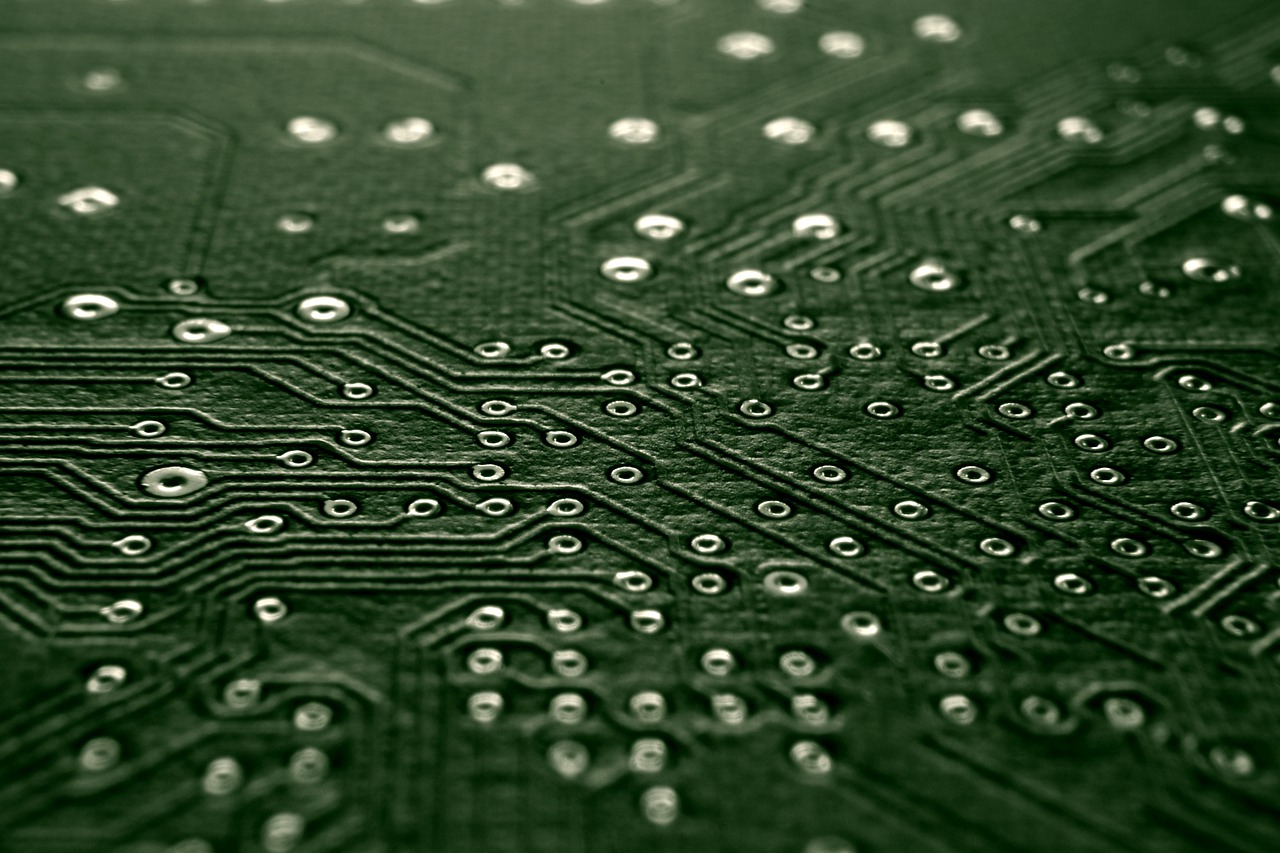The Future of Biometric Security in Border Control
Border control systems around the world are faced with a myriad of challenges in effectively managing the influx of travelers and goods. One of the primary issues is the lack of integration and coordination among different agencies responsible for border security. This fragmentation often leads to gaps in information sharing and inconsistent enforcement practices, making it easier for individuals to bypass security measures undetected.
Moreover, the rapid advancement of technology has outpaced the capabilities of many existing border control systems. Outdated infrastructure and limited resources hinder the adoption of sophisticated screening technologies, leaving borders vulnerable to potential security threats. Inadequate training and resources for border agents further exacerbate these challenges, making it difficult to keep up with the ever-evolving tactics of individuals seeking to exploit weaknesses in the system.
• Lack of integration and coordination among different agencies responsible for border security
• Fragmentation leads to gaps in information sharing and inconsistent enforcement practices
• Rapid advancement of technology outpacing capabilities of existing border control systems
• Outdated infrastructure and limited resources hindering adoption of sophisticated screening technologies
• Inadequate training and resources for border agents making it difficult to keep up with evolving tactics
Advancements in biometric technology
Biometric technology is rapidly evolving, revolutionizing the way border control systems operate. One of the most significant advancements is the use of facial recognition technology, which allows authorities to quickly and accurately identify individuals by analyzing their facial features. This technology has proven to be highly effective in enhancing security measures at border checkpoints, helping to prevent unauthorized entry into the country and detect individuals with malicious intentions.
Another notable advancement in biometric technology is the development of iris recognition systems. By capturing and analyzing the unique patterns in a person’s iris, this technology offers a highly secure and reliable method of identification. Iris recognition systems are being increasingly integrated into border control systems, providing authorities with an additional layer of security to better protect national borders.
Integration of biometric data in border security
Biometric data has emerged as a crucial tool in enhancing border security measures. By leveraging unique biological characteristics such as fingerprints, facial features, and iris patterns, authorities are able to accurately verify the identity of individuals entering or exiting a country. This real-time authentication process significantly improves the efficiency of border control operations, minimising the risk of unauthorized entries or security breaches.
Furthermore, the integration of biometric data not only enhances security measures but also helps in streamlining the travel experience for legitimate travellers. With biometric technology, individuals can undergo quicker and more accurate identity verification processes, reducing waiting times and improving overall border management efficiency. This seamless integration of biometric data into existing border control systems marks a significant step towards ensuring both national security and convenient travel procedures.
What are some challenges faced by current border control systems?
Some challenges include limitations in verifying the identity of individuals, the potential for fraudulent travel documents, and difficulties in tracking individuals with criminal backgrounds.
How has biometric technology advanced in recent years?
Biometric technology has advanced through the development of more accurate and reliable biometric sensors, such as fingerprint scanners and facial recognition software, as well as the integration of multiple biometric modalities for enhanced security.
How is biometric data being integrated into border security measures?
Biometric data is being used to verify the identity of travelers entering and exiting a country, detect individuals on watch lists or with criminal backgrounds, and enhance overall border security by providing more accurate identification methods.





